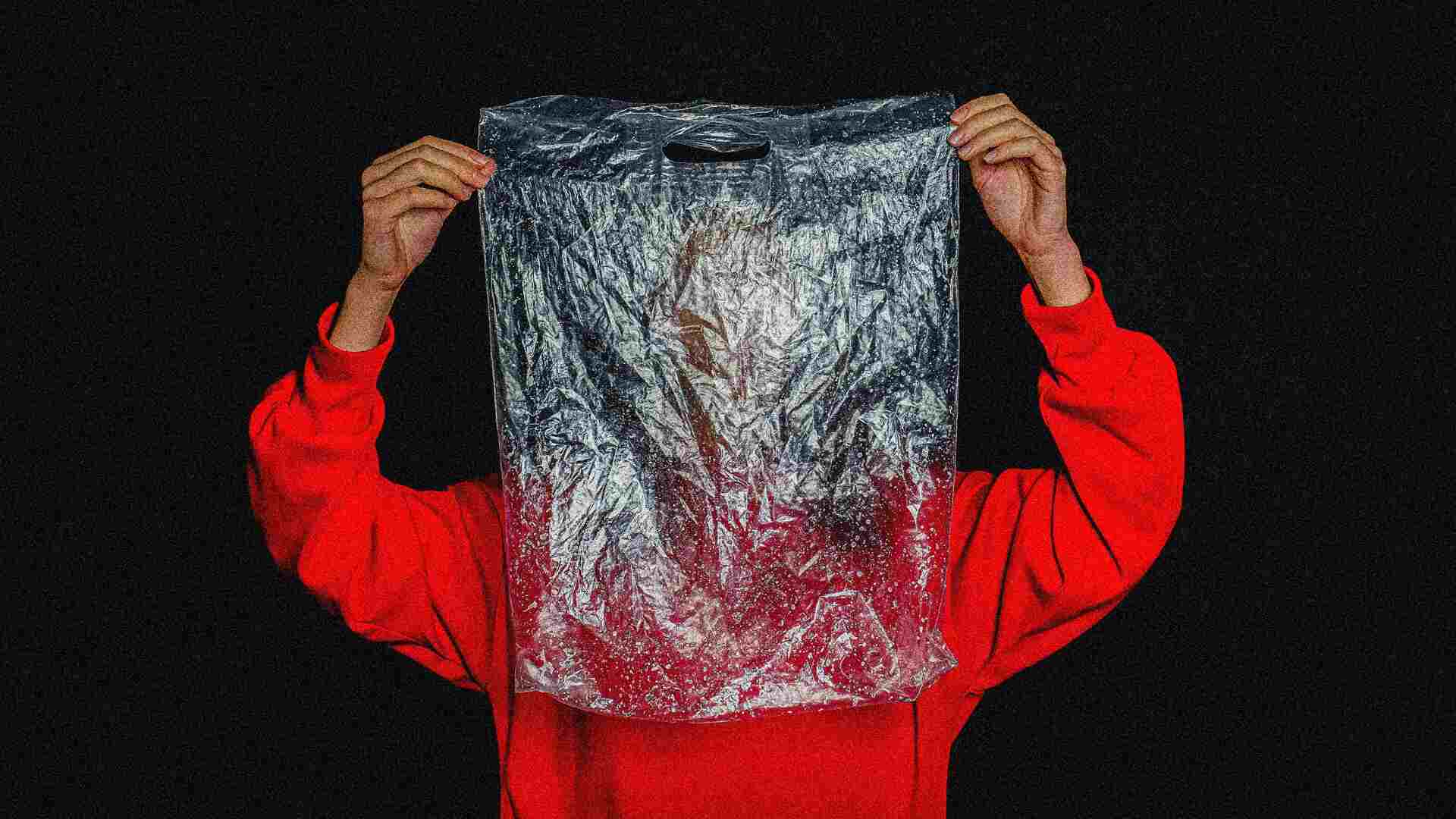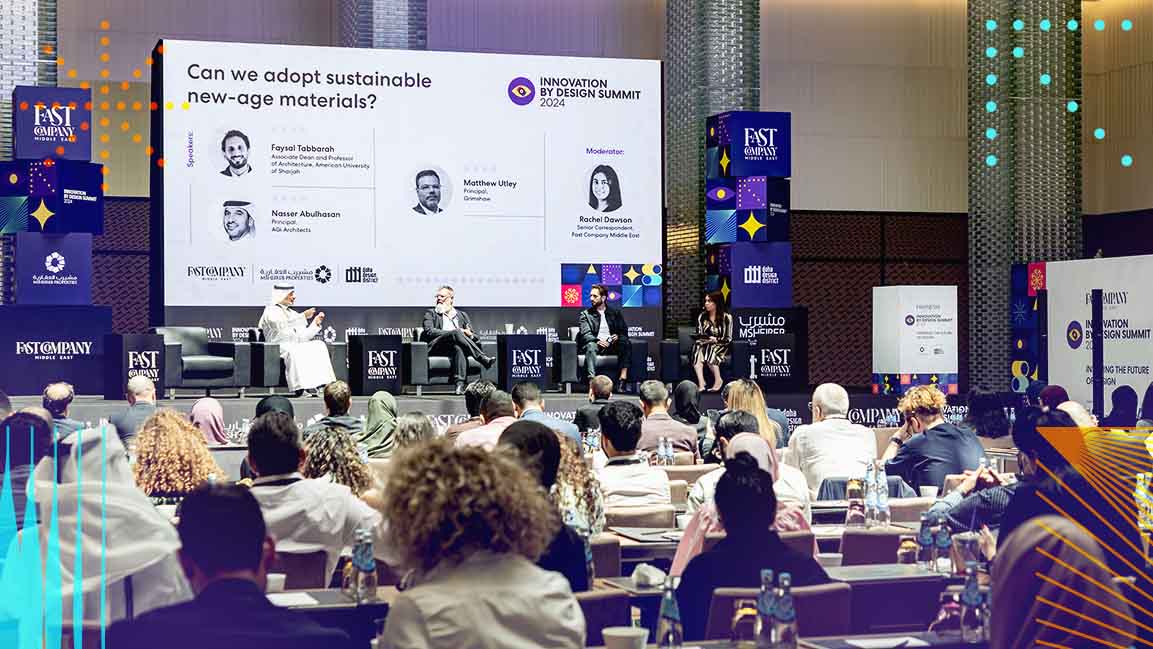- | 11:55 am
This startup raced to save coral reefs as ocean temperatures spiked this summer
Coral restoration company Coral Vita had to work quickly during the summer to remove coral from warming oceans before they bleached.

In July, the team at a coral reef restoration startup in the Bahamas watched the news as the ocean off the nearby Florida coast heated up to as much as 101 degrees—as hot as a hot tub—and starting killing coral.
“It hit Florida before us,” says Sam Teicher, cofounder of the company, called Coral Vita. “We saw what was happening to the natural reefs and to restoration projects, how heartbreaking and catastrophic the damage was, ahead of time, before it came to the Bahamas. We decided to do whatever we could proactively to protect corals.”
They’d known even earlier that heat would likely be a problem this summer, as NOAA’s Coral Reef Watch put out warnings. But as temperatures surged in the water off Florida, they jumped into action, collecting samples of different species that could be taken back to tanks on their land-based coral farm on Grand Bahama Island.
As they went out to local reefs, a coral scientist on the team, Katelyn Gould, discovered that one species of coral was already starting to lose color. This process, called “paling,” is a step before full bleaching, the point when coral expel the algae that live inside their tissue and the coral skeleton turns white. The biggest cause of bleaching is hotter water. When coral bleaches it doesn’t instantly die, but if a bleaching event lasts long enough, the coral can’t survive.
The team traveled over a range of reefs, quickly collecting diverse samples—150 genetically distinct coral colonies, representing 13 different species. “We went and looked for the healthiest, largest pieces of corals that maybe also weren’t bleaching quite as quickly—maybe they had naturally more heat-tolerant genes,” Teicher says. They collected coral fragments ranging from pieces the size of a thumb to the length of an arm, and took them to their farm, where they were quarantined for a couple of weeks before going into temperature-controlled tanks.
Inside its tanks, the company can help coral recover in cooler water, and then can gradually increase temperatures to help the corals slowly adjust. “Corals have an ability to adapt,” Teicher says, but the situation in the ocean is “deteriorating so quickly they can’t keep up.”
When it works with coral at its farm, the company also studies how different fragments perform as the water gets hotter. Using an indoor spawning system, it can also breed the specimens that seem most resilient. While coral naturally spawns just once a year, under a full moon, the indoor system can be used up to four times a year, from morning to night.
The samples that were saved from the ocean this summer could later be replanted as they are, or broken into tiny fragments to help them quickly grow and increase the scale of restoration.
The work happened just in time. “About three or four weeks after Florida really got punched in the face, we then started seeing widespread reef bleaching in the Bahamas,” Teicher says.
Before the summer rescue mission, over the last year and a half, the company planted nearly 10,000 corals in the Bahamas. The company is about to undertake an even larger project, backed by the new Global Fund for Coral Reefs and a local hotel, covering a few acres of reef. (The farm can grow between 30,000 and 60,000 corals a year at its current size.) The team won’t start planting again until at least November, when the water is cooler and hurricane season has ended.







































